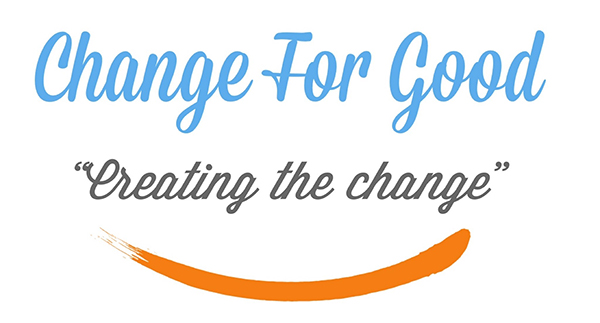Attachment
My work as a psychotherapist is viewed as utilising 'three strands' of understanding namely dissociation, trauma and attachment informed and therefore I am supervised by a colleague who is a member of the Bowlby Centre, London
Most of my work within the Clinics for Attachment, Trauma and Dissociation over the last 11 years has required an high level of understanding around the 'interpersonal' nature of the trauma and attachment difficulties when abuse occurs within relationships with primary attachment figures (family).
What is Attachment?
Attachment "may be defined as an affectional tie that one person or animal forms between himself and another specific one – a tie that binds them together in space and endures over time' (Ainsworth, 1965). Psychologist John Bowlby was the first attachment theorist, he believed that the earliest bonds formed by children with their primary caregivers e.g. parents, have a tremendous impact that continues throughout life.
The central theme of attachment theory is that primary caregivers help the child develop a inner working model of relatedness which is built upon a 'secure relational base' this in turn develops a sense of responsive safety & security which means as individual's can explore the world around us with the security that we have. This creates an internal sense that others can be dependable.
Why Attachment Matters
Attachment patterns established early in life can lead to a number of outcomes. For example, children who are securely attached as infants tend to develop stronger self-esteem and better self-reliance as they grow older. These children also tend to be more independent, perform better in school, have successful social relationships, and experience less depression and anxiety.
Also those who were securely attached to their primary caregiver(s) as babies and small children feel able to depend on others and have a good sense of self-worth. They grow into adults who are confident, resilient and be independent and successful. They have happy, healthy relationships.
Problems with Attachment
Research suggests that failure to form secure attachments early in life can have a negative impact on behavior in later childhood and throughout the life. This can manifest in many ways, from addiction issues, inappropriate relationships, and lack of resilience. However the problems of poor childhood attachment can be rectified in the therapy room, although it usually takes time. Also when coupled with traumatic experiences there is a need to embrace a clear treatment approach which could be considered as being a series of stages, the first being to attain stability and safety, which includes harnessing 'resources' such as coping strategies to ensure grounding can be effectively maintained during treatment.
So although there may be a need to put 'one foot in the past' their is a capacity attained to keep 'one foot in the present'. This provides the foundation for undertaking the integration and seeking to move onwards to a new place from both trauma and the relationally significant negative emotional experiences a person has had (cross, 2011, 2012)
References




